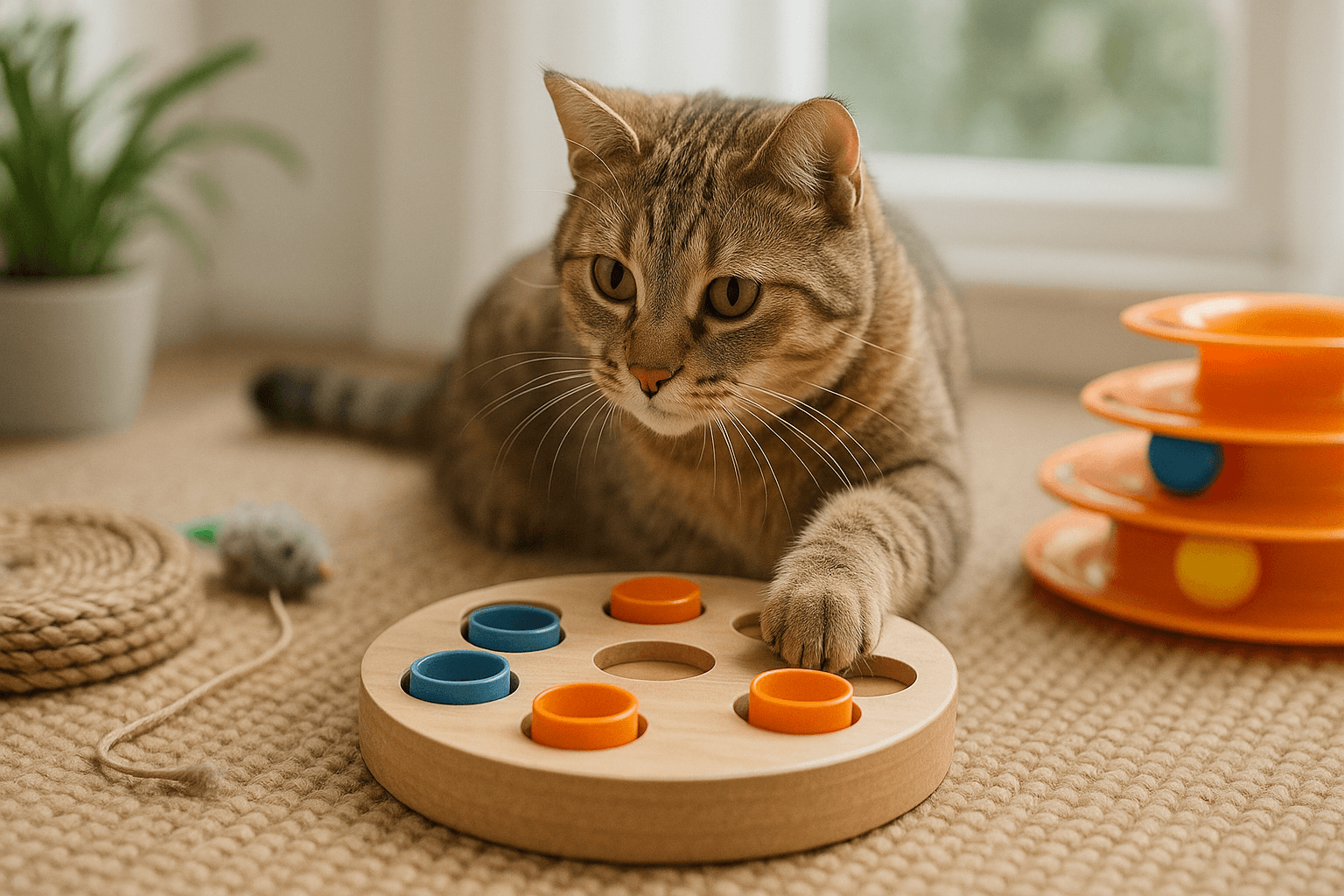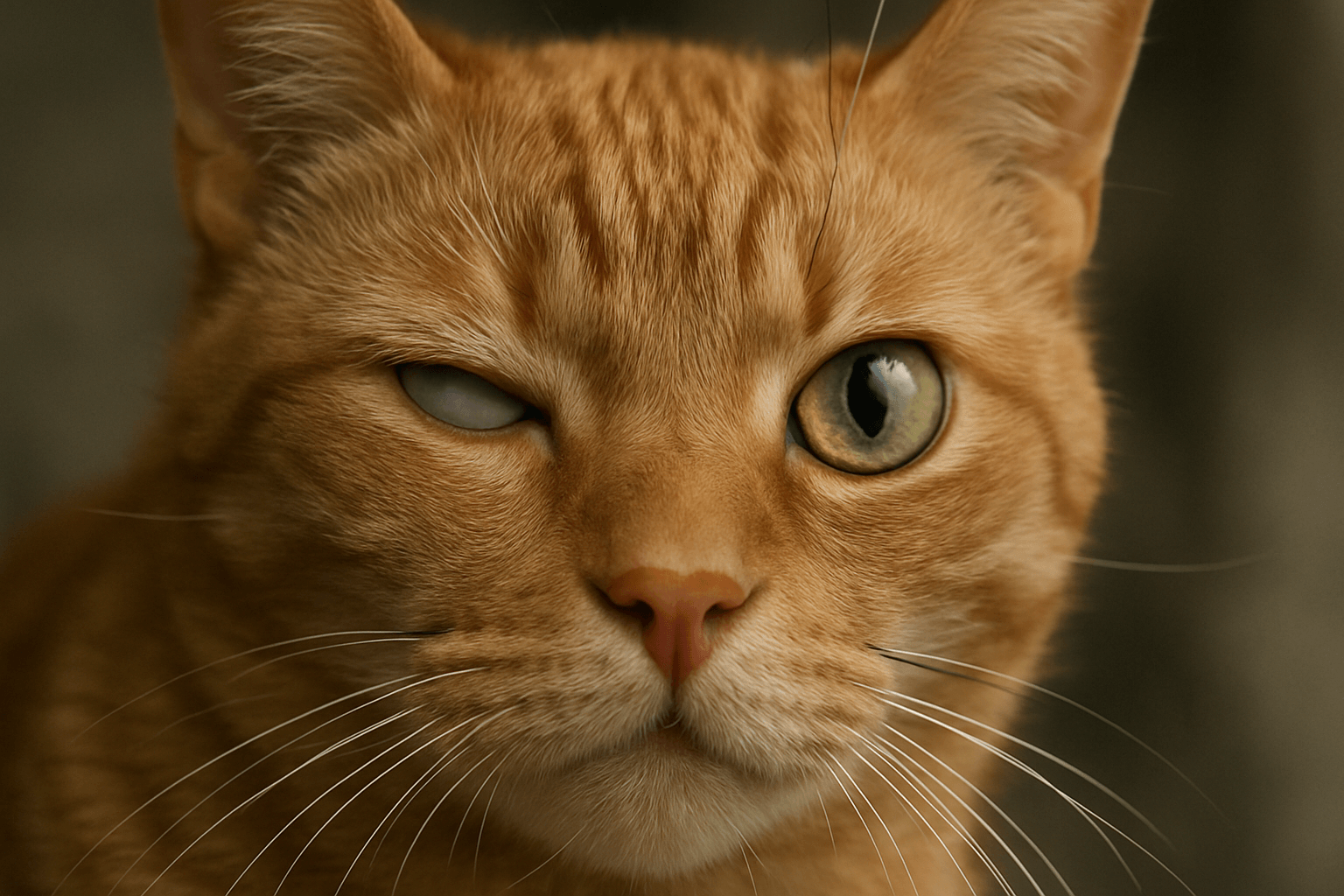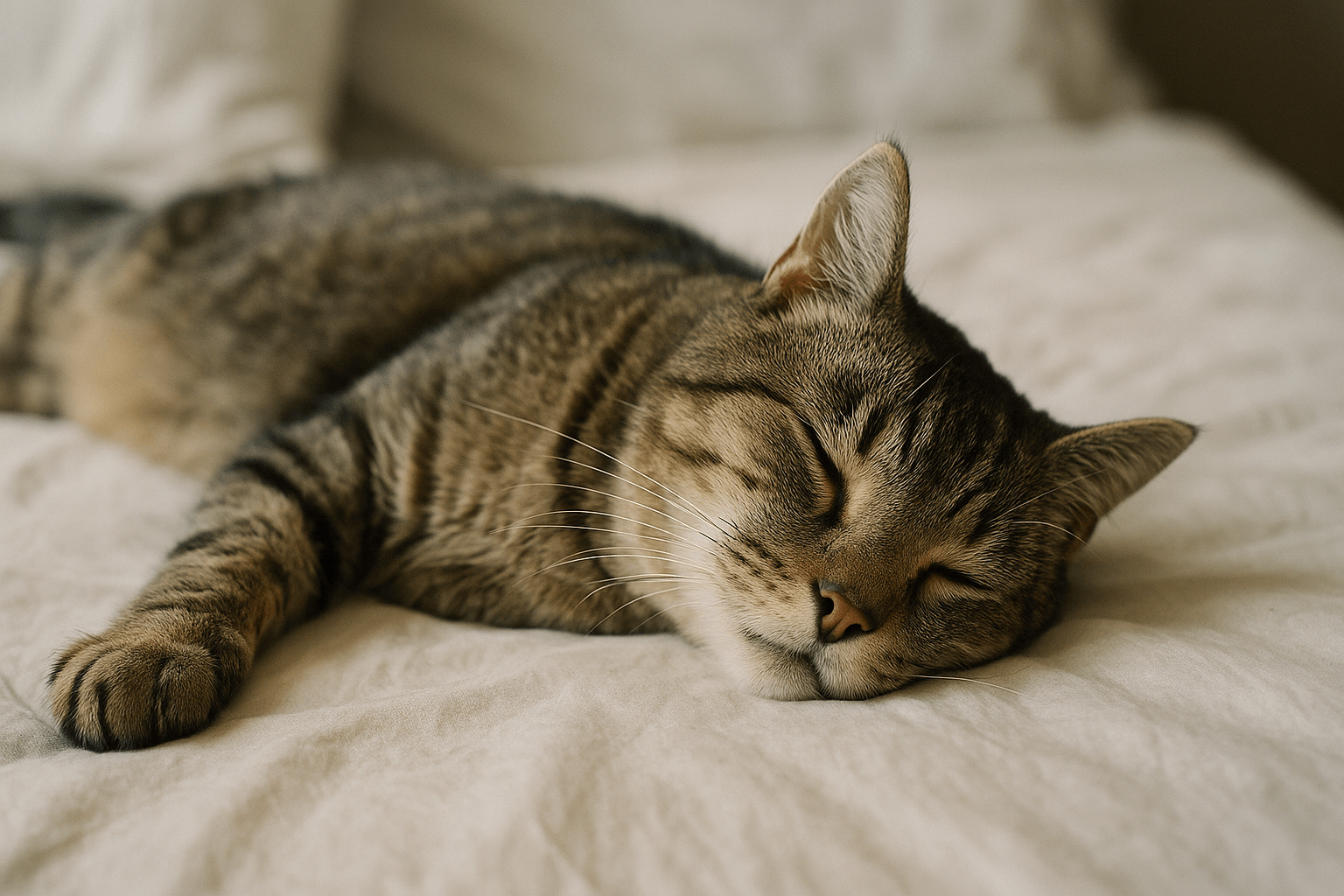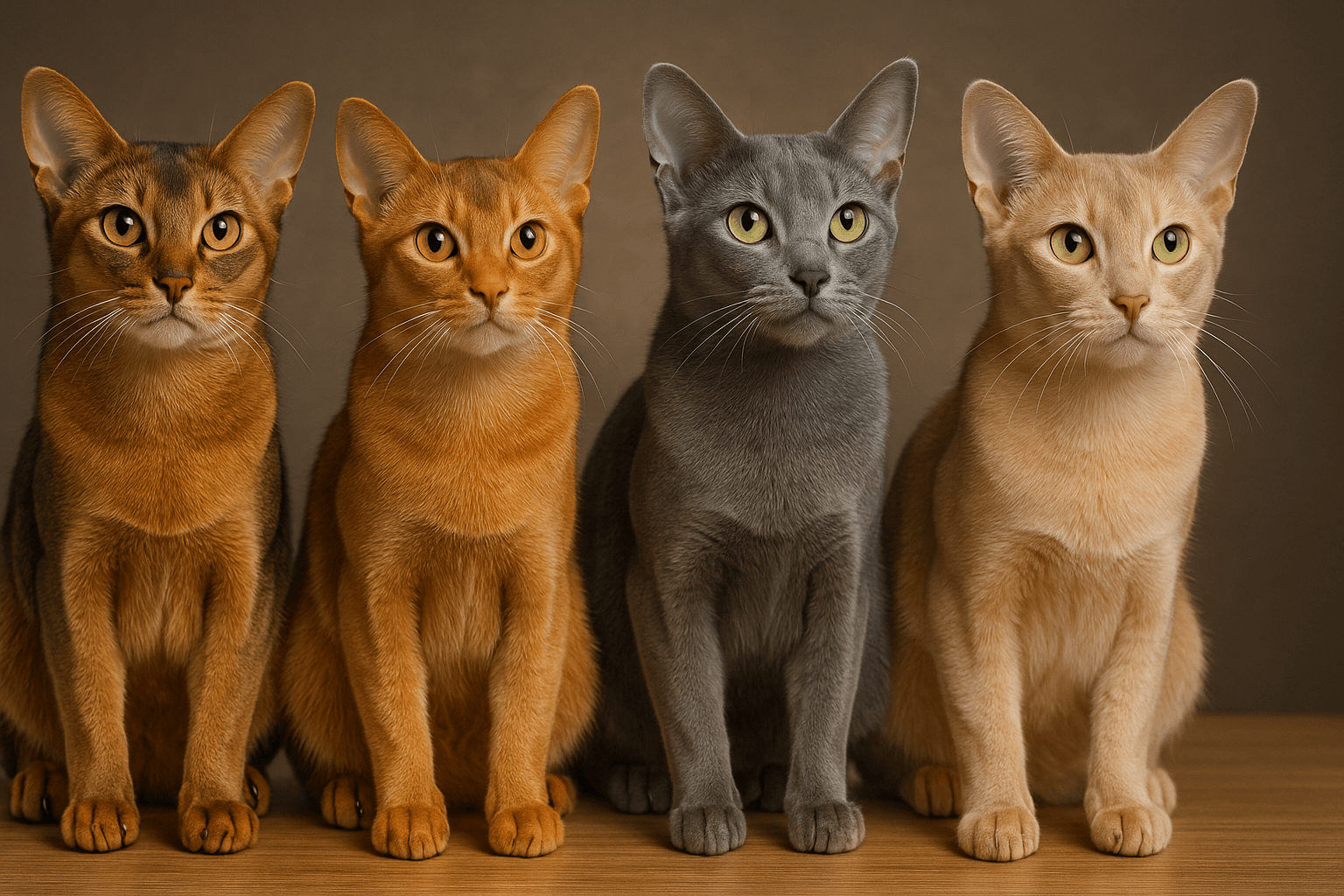Cat Enrichment Activities: Unlock Your Cat’s Natural Instincts
Cats aren’t just pets — they’re intelligent, curious predators wired by evolution to hunt, explore, climb, and solve problems. When their environment fails to stimulate these instincts, boredom, stress, and destructive behavior often follow. Cat enrichment activities aren’t luxuries — they’re necessities for mental health, physical well-being, and lasting happiness. This guide reveals the most effective, science-backed ways to transform your home into a dynamic, engaging world your cat will love.
The Core Reasons Cats Need Enrichment
Cats didn’t evolve to nap on couches all day. Their brains and bodies crave stimulation. Without it, even the most well-fed, loved cat can suffer emotionally and physically. Here’s why enrichment isn’t optional:
Prevents Boredom-Induced Anxiety:
Cats left with nothing to do often develop compulsive behaviors like over-grooming or pacing.Supports Cognitive Health:
Mental challenges keep neural pathways active, reducing the risk of feline cognitive decline as they age.Reduces Aggression and Destructiveness:
Boredom manifests as scratching furniture, biting hands, or knocking things over — enrichment redirects that energy.Encourages Natural Hunting Behavior:
Even indoor cats retain the drive to stalk, pounce, and catch — enrichment satisfies this primal need.Builds Confidence and Emotional Resilience:
A stimulating environment helps cats feel secure and in control of their surroundings.
When you enrich your cat’s life, you’re not just playing — you’re preventing behavioral and psychological issues before they start.

Top 5 Science-Backed Cat Enrichment Activities
Not all toys or activities are created equal. The most effective enrichment taps into your cat’s instincts — not just their curiosity. Here are five proven methods that deliver real results:
Puzzle Feeders and Food Dispensers:
Turn mealtime into a mental workout. These devices require your cat to nudge, roll, or paw at compartments to release kibble or treats.Interactive Play Sessions (10–15 Minutes Twice Daily):
Use wand toys that mimic prey — erratic movements, sudden stops, and hiding behind furniture trigger the full hunting sequence.Window Perches and Bird Viewers:
Position a safe, sturdy perch near a window with bird activity. The visual stimulation of fluttering wings is deeply engaging and calming.Cat Trees and Vertical Spaces:
Cats feel safer and more in control when they can observe their territory from above. Tall, multi-level structures encourage climbing and resting.Novelty Rotation (Toys, Scents, Layouts):
Introduce one new item weekly — a crinkly tunnel, a catnip-filled sock, or rearranged furniture. Novelty keeps their senses sharp.
Consistency matters more than complexity. Even 10 minutes a day of intentional enrichment can dramatically improve your cat’s quality of life.
Check this guide 👉Why Doesnt My Cat Play with Toys? Best 7 Tips!
Check this guide 👉Why Does My Cat Play in the Litter Box? Best 7 Tips!
Check this guide 👉The Endearing Charm of a Cat Playing with Yarn: Best 7 Tips!
| Activity Type | Primary Benefit |
|---|---|
| Puzzle Feeders | Stimulates problem-solving and slows eating to prevent obesity. |
| Interactive Wand Toys | Triggers prey drive and provides physical exercise. |
| Vertical Climbing Structures | Offers security, observation points, and muscle stretching. |
| Scent Games (e.g., hidden treats) | Engages olfactory senses, which are 14x stronger than humans’. |
| Rotating Toy Selection | Prevents habituation and maintains curiosity and engagement. |
DIY Cat Enrichment Ideas on a Budget
You don’t need expensive gadgets to enrich your cat’s world. Some of the most effective enrichment tools are items you already own.
Cardboard Box Mazes:
Cut holes in boxes and connect them to form tunnels. Add crumpled paper or a crinkly toy inside for extra allure.Paper Bag Forts:
Turn an empty paper bag into a cozy hideout. Cats love the rustling sound and enclosed space.Frozen Treats in Ice Cubes:
Freeze small pieces of tuna or chicken in water. Let your cat lick or paw at the cube for a cooling, sensory challenge.Sock Toys with Catnip:
Fill an old sock with dried catnip, tie a knot, and toss it gently. The texture mimics prey and the scent is irresistible.Shoebox Laser “Hunt”:
Use a non-laser light (like a flashlight) to cast moving dots on the floor or wall. Let your cat chase — but always end with a real treat so they “catch” something.
Creativity beats cost. Your cat doesn’t care if it’s store-bought — they care if it feels real, unpredictable, and rewarding.
Why Traditional Toys Often Fail (And What to Do Instead)
Most commercial cat toys are designed for human appeal — bright colors, bells, feathers — not for feline instincts. Many are ignored after one use because they lack realism or interactivity.
Avoid Static Toys:
Plastic mice that don’t move or make noise quickly become boring. Cats are hunters — they want movement.Skip Overstimulating Noise:
High-pitched bells can be irritating or even painful to cats’ sensitive hearing.Ditch Toys That Can’t Be “Killed”:
Cats enjoy the ritual of stalking, pouncing, biting, and shaking. If a toy doesn’t allow this, it won’t satisfy them.Don’t Rely on Solo Play:
Even the best automated toy can’t replace the emotional connection of play with you.Rotate, Don’t Replace:
Leave 3–4 toys out at a time. Store the rest and rotate weekly to maintain novelty.
Real enrichment isn’t about quantity — it’s about quality, timing, and mimicry of natural prey behavior.
Enrichment for Senior and Special Needs Cats
Older cats, arthritic cats, or those with vision or hearing loss still need mental and physical stimulation — just adapted to their abilities.
Gentle Scent Trails:
Use small amounts of catnip or silvervine along the floor to guide them to treats or resting spots.Low-Height Platforms:
Replace tall cat trees with ramps or low shelves they can easily access.Tactile Surfaces:
Offer soft blankets, textured mats, or heated pads for comfort and sensory feedback.Auditory Stimulation:
Play calming classical music or nature sounds (bird calls, rustling leaves) to engage hearing without stress.Short, Frequent Sessions:
Two 5-minute play sessions are better than one 15-minute session for cats with limited energy.
Age doesn’t mean stagnation. With thoughtful adjustments, senior cats can still experience joy, curiosity, and mental clarity.
Creating a Cat-Proof Enrichment Zone in Your Home
You don’t need a whole room — just one dedicated corner designed for exploration and safety.
Choose a Quiet, Low-Traffic Spot:
Cats feel safer when they can observe without being startled.Layer the Space:
Add a window perch, a scratching post, a cozy bed, and a few hidden treat spots.Use Safe Plants:
Cat-safe greens like wheatgrass or catnip add visual interest and nibbleable texture.Include a Hiding Spot:
A covered bed, basket, or cardboard box gives them control over their environment.Keep It Clean and Fresh:
Wipe down surfaces, replace toys weekly, and refresh scents to maintain appeal.
A well-designed enrichment zone becomes your cat’s favorite place — not because it’s fancy, but because it feels like theirs.
Signs Your Cat Isn’t Getting Enough Enrichment
If your cat is bored, stressed, or under-stimulated, they’ll tell you — often in ways that are frustrating or concerning.
Excessive Grooming or Hair Loss:
Licking paws or belly bald spots is a classic sign of anxiety.Destructive Scratching or Chewing:
Furniture, curtains, or electrical cords become targets when there’s no outlet for energy.Increased Vocalization at Night:
Cats who aren’t mentally tired during the day often become active and loud at night.Withdrawing or Hiding More Than Usual:
A once-social cat who now avoids interaction may be overwhelmed or depressed.Loss of Appetite or Overeating:
Stress can alter eating habits — either refusal to eat or compulsive snacking.
These aren’t “bad behavior” — they’re cries for help. Addressing enrichment is often the first step to reversing these signs.
FAQ: Cat Enrichment Activities
How much enrichment does my cat need each day?
At least 20–30 minutes total, split into two 10–15 minute sessions. Even 5 minutes of focused play counts.
Can I use a laser pointer for enrichment?
Only if you end the session with a physical toy or treat. Never leave your cat “hunting” something they can’t catch — it causes frustration.
Is cat TV (YouTube videos of birds) helpful?
Yes, for some cats — especially seniors or those with limited mobility. But it’s passive stimulation. Always pair it with interactive play.
My cat ignores all toys. What do I do?
Try different textures (feather, fur, crinkle), movement patterns (slow vs. erratic), and scents (catnip, valerian root). Observe what grabs their attention.
Can I enrich my cat without spending money?
Absolutely. Cardboard boxes, paper bags, frozen treats, and household items can be more engaging than expensive toys.
Embrace the Enriched Life — For You and Your Cat
Cat enrichment isn’t about filling your home with gadgets. It’s about creating a world where your cat feels safe, curious, and in control. It’s about watching their ears twitch as they chase a shadow, their tail flick with focus as they solve a puzzle, or their slow blink of contentment after a nap in their favorite sunbeam. When you enrich their environment, you’re not just preventing problems — you’re deepening your bond, honoring their instincts, and giving them a life full of quiet wonder. A stimulated cat is a happy cat. And a happy cat? That’s the greatest gift you can give.
Why Is My Cats Second Eyelid Showing? Best 7 Expert Tips! Understand causes, health signs, and how to respond when your cat’s third eyelid becomes visible.
How Do I Know If My Cat Died Peacefully? Best 7 Expert Tips! Discover the quiet signs of a peaceful feline passing and find comfort in their final moments.
Cat Allergy Eyes: Best 7 Expert Tips! Discover why your eyes react to cats and learn proven strategies for relief—without giving up your feline friend.
Why Do Abyssinian Cat Colors Matter? Best 7 Expert Tips! Discover the genetics, rare hues, and care secrets behind Abyssinian coat colors for a healthier, happier cat.





